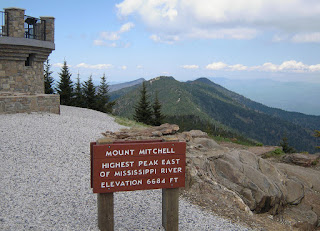Barring the worst category of such natural disasters, homes can be protected against tornadoes and hurricanes. The roof is usually the area of most concern. Sometimes, tornadoes rip out the roofs and linger around the area, creating more damage. Thankfully, technology has improved to such a degree that homeowners can protect themselves easily. A few of these protections are listed below:
 |
| Image Source: homeharmonizing.wordpress.com |
Securing weak connections: Wind strength is usually the main reason many homes are destroyed. Shaky foundations display their weaknesses and even a smaller type of tornado can destroy homes that have unsecured roofs. There are companies that offer bolt connections that exert further and constant downward pressure. This means that even with the gyrating winds, connections are secured as much as possible.
Alleviating pressure: During a tornado, winds exert an upward pressure against the roof and inward and outward pressure on the walls. This combination usually rips through weaker connections and creates a domino effect. Usually, the roof lifts off and the walls are exposed without any lateral bracing. Hurricane clips can be used to connect the top plate of the roof to trusses or grafters. This increases the strength of the connection.
Homeowners can hire the services of a licensed building foreman to ensure that these connections are placed properly. These techniques require a sturdy hand, and while the homeowner can DIY them, it is still recommended to have a professional double-check the work.
 |
| Image Source: Houselogic.com |
I am Thomas Robert Faw and I am a real estate developer who lives in Greensboro, North Carolina. Learn more about me by visiting this LinkedIn page.





